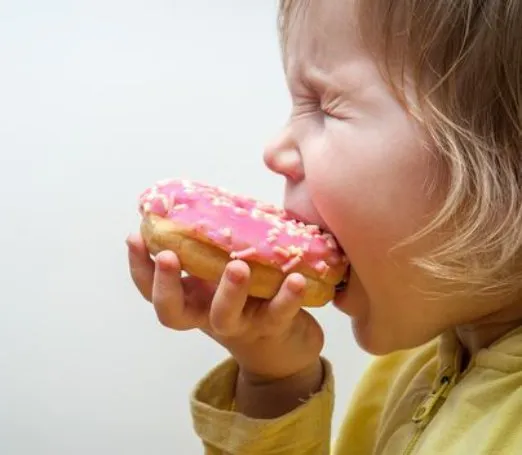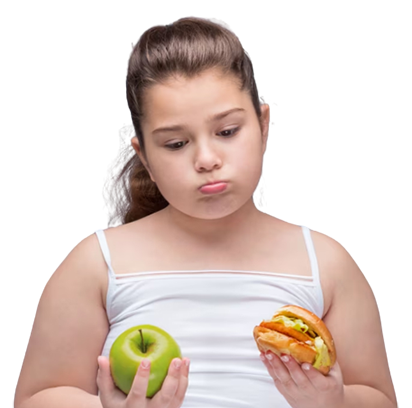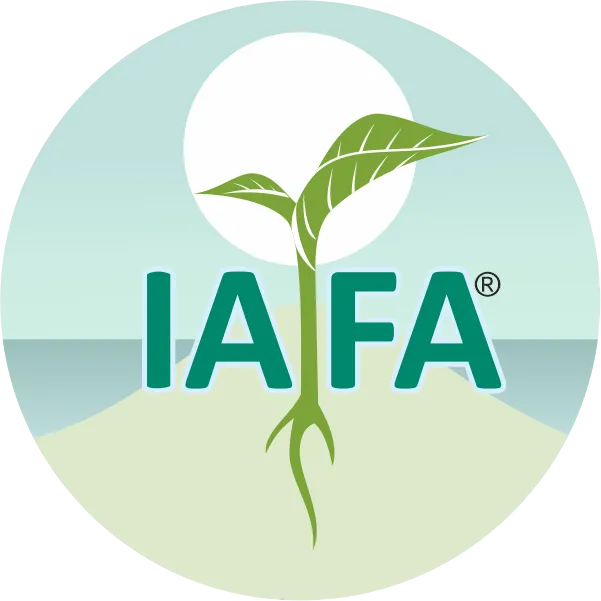On This Page
Obesity in Children-Atisthoulya
मेदोमांसातिवृद्धत्वाच्चलस्फिगुदरस्तन: l
आयतोपचयोत्साहोनरोअतिस्थूल: उच्यतेll
Obesity is a serious condition that affects many children and also adolescents. Children are said to be obese if their weight is above the normal range corresponding to their age and height. Childhood obesity is an important condition as it can lead to many health problems that were once considered adult problems. It includes medical conditions like diabetes, high blood pressure and high cholesterol. Childhood obesity can also result in lack of self-esteem and can lead to depression. In Ayurveda, the condition called Atisthoulya is explained that emphasizes the causes, effects and treatment of obesity.
Causes of Obesity in Children
Important factors leading to obesity in children are:
- Lifestyle habits
- Lack of physical activities and exercise
- Increased intake of high calories food and drinks
- Genetic factors
- Hormonal factors
- Psychological factors like stress, or boredom
Symptoms of Obesity in Children
The body mass index (BMI) is the commonly accepted measure for overweight and obesity. Children affected with obesity will have BMI value higher than the normal range corresponding to their age.
Ayurvedic Reference of Obesity-Atisthoulya
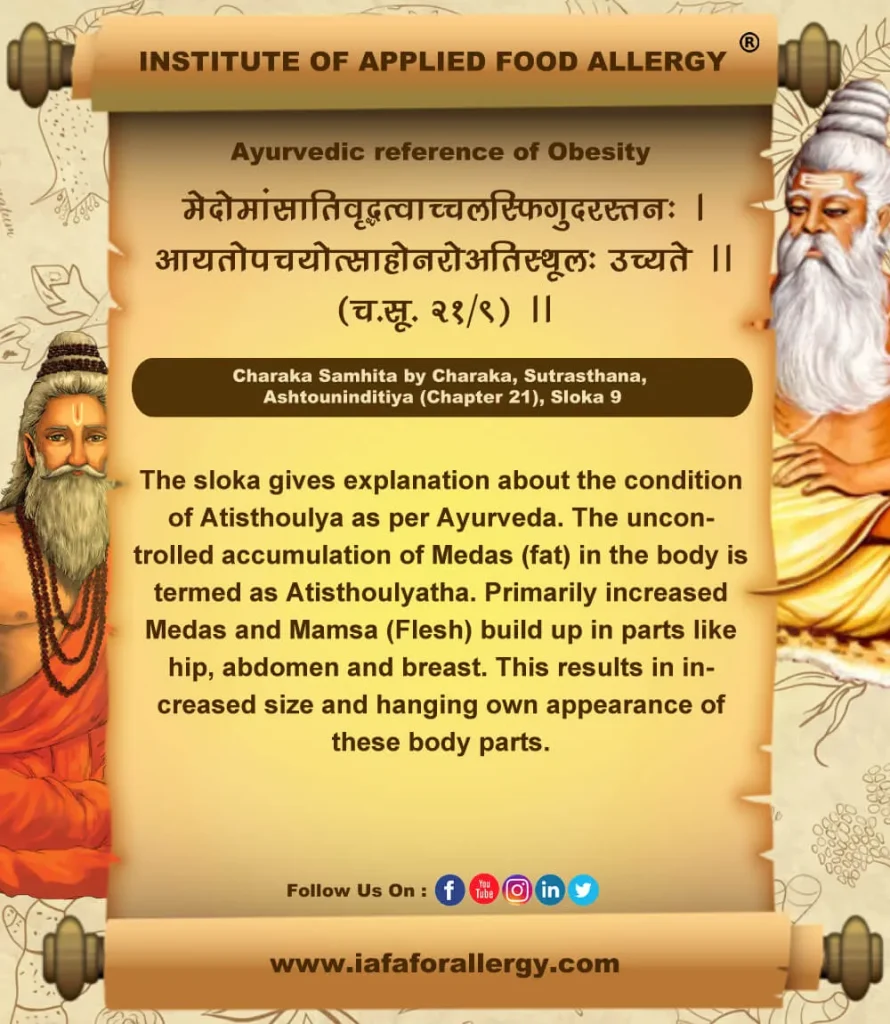

“Dr. Gupta’s IAFA is a pure Ayurvedic institute that provides genuine Ayurvedic treatment for obesity and related diseases. Institute of Applied Food Allergy® is so perfect in its treatment aspects that its consumers receive the best treatment ever”.
Visit IAFA and experience the taste of healthy life!!
– Dr. Sahil Gupta (B.A.M.S., M.H.A.)
Ayurvedic Allergy Specialist
CEO & Founder of IAFA®
At last, Easier Obesity Management

Trusted by
More than 90,000 Patients

Convenient
at-Home Treatments

9.2 / 10
Customer Satisfaction Score
Ayurvedic Treatment of Obesity in Children
Ayurveda has detailed protocol for the management of Obesity in children. It includes internal medicines, treatment procedures and judicious use of single herbs.
Internal Medicines for Obesity in Children
- Varanadi Kashaya
- Guggulutiktaka Kashaya
- Rasonadi kashaya
- Chitrakadi Kashaya
- Nava guggulu
- Punarnava guggulu
- Dasamoola hareetaki lehya
- Thriphala guggulu gulika
- Thriphala choorna
- Trayodashanga guggulu gulika
- Kanmada bhasma
External Medicines for Obesity in Children
- Triphala choorna
- Kolakulathadi choorna
Treatment Procedures for Obesity in Children
- Udwartana (Medicated powder massage)
- Vamana (Emesis)
- Virechana (Purgation)
- LekhanaVasti (Enema for reducing body mass)
Single Herbs in the Management of Obesity in Children
- Bhallataka (Semecarpus anacardium)
- Varana(Crataeva nurvala)
- Guggulu (Commiphora mukul)
- Haritaki (Terminalia chebula)
- Punarnava (Boerhavia diffusa)
- Vidanga (Embelia ribes)
- Chitraka (Plumbago zeylanica)
- Kulatha(Dolichos biflorus)
Diet in Obesity in Children
Pathya (Do’s)
- Eat plenty of fruits and vegetables
- Whole grains
- Nuts, seeds, beans
- Be sure to get enough sleep
- Light and easily digestible food
- Intake of lesser quantity of food
- Frequent intake of lukewarm water
- Do exercise regularly
- Take supper 3 hrs. before sleep
- Exercise like swimming & outdoor games
Apathya (Don’ts)
- Consumption of sugar
- Chocolates
- White bread, white rice, white pasta
- Potatoes
- Red meat and processed meats
- Fast food
- Sweetened beverages
- Intake of food before digesting previous meal
- Fried and bakery food
- Artificial juices
- Day sleep
- Sitting in one place for long time
- Mental stress of children
- Watching mobile & television for longer time
Yoga and Pranayama in Obesity in Children
Regular practice of following Yoga postures will be helpful in reducing weight and also decrease the amount of fat in body
- Chaturangadandasana
- Veerabhadrasana
- Surya namaskar
- Trikonasana
- Adhomukhasvanasana
- Dhanurasana
- Jataraparivrithi
- Parighasana
Pranayama helps in maintaining normal body weight and to relax the mind as well as body.

Frequently Asked Questions
Question: What are the causes of obesity in children?
Answer: Obesity in children is caused by factors like lack of exercise, high calorie food intake, genetic factors, hormonal variation etc.
Question: How is obesity in children identified?
Answer: Obesity in children can be checked by measuring their Body Mass Index (BMI). If the BMI is higher than that corresponds to their age, the child can be considered as obese.
Question: Is Ayurvedic treatment effective to treat obesity in children?
Answer: Yes. Ayurveda has several unique as well as effective treatment methods to treat obesity which can be customized based on the cause, nature and degree of obesity.
Dr. Gupta’s IAFA is a pure Ayurvedic institute that provides genuine Ayurvedic treatment for obesity and related diseases. IAFA is so perfect in its treatment aspects that its consumers receive the best treatment ever.
Visit IAFA and experience the taste of healthy life!!
Was this Page Helpful?
So IAFA Ayurvedic Management for Obesity of Your Children is Just 3 Steps Away!

01. Connect With Us
Book an appointment to share queries of your child health.

02. Consult With Us
Consult with Ayurvedic Pediatrician of IAFA®.

03. Root Cause Treatment
Get an accurate diagnosis and treatment for your child.
Obesity – Case Studies
Real Case Studies of Successfully Treated Patients from All Around the World by IAFA Ayurveda®
-
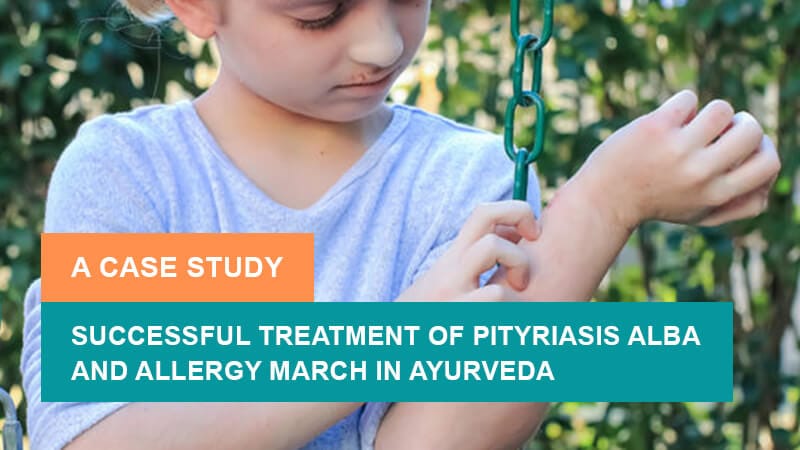
Successful Treatment of Pityriasis Alba and Allergy March in Ayurveda – A Case Study
It is a case study about successful treatment of Pityriasis Alba and…
-

Successful Treatment of Gallstones (Cholelithiasis) with Ayurvedic Medications – A Case Study
It is a case study about the successful treatment of Gallstones (Cholelithiasis)…
-
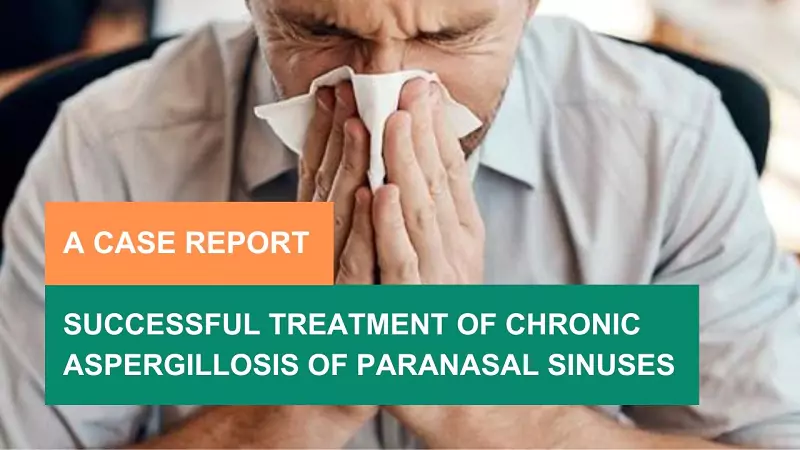
48-Year-Old Male Patient Got Relief from Chronic Aspergillosis of Paranasal Sinuses – A Case Study
Fungal infections can be treated with a high success rate by various…
-
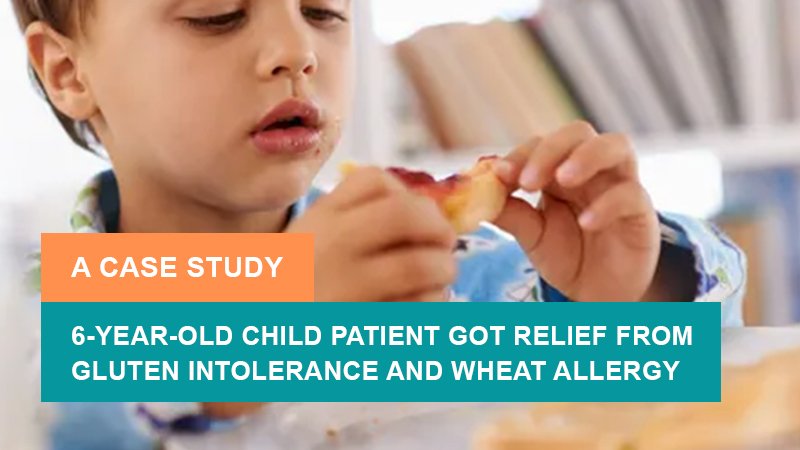
6-Year-Old Child Patient Got Relief from Gluten Intolerance and Wheat Allergy – A Case Study
It is a case study of a 6-year-old Child Patient who got…
Read More Articles
-
-
-

Attention Deficit Hyperactivity Disorder – ADHD (Vatika Unmada)
So IAFA Root-Cause Treatment of Your Attention Deficit Hyperactivity Disorder is Just…

